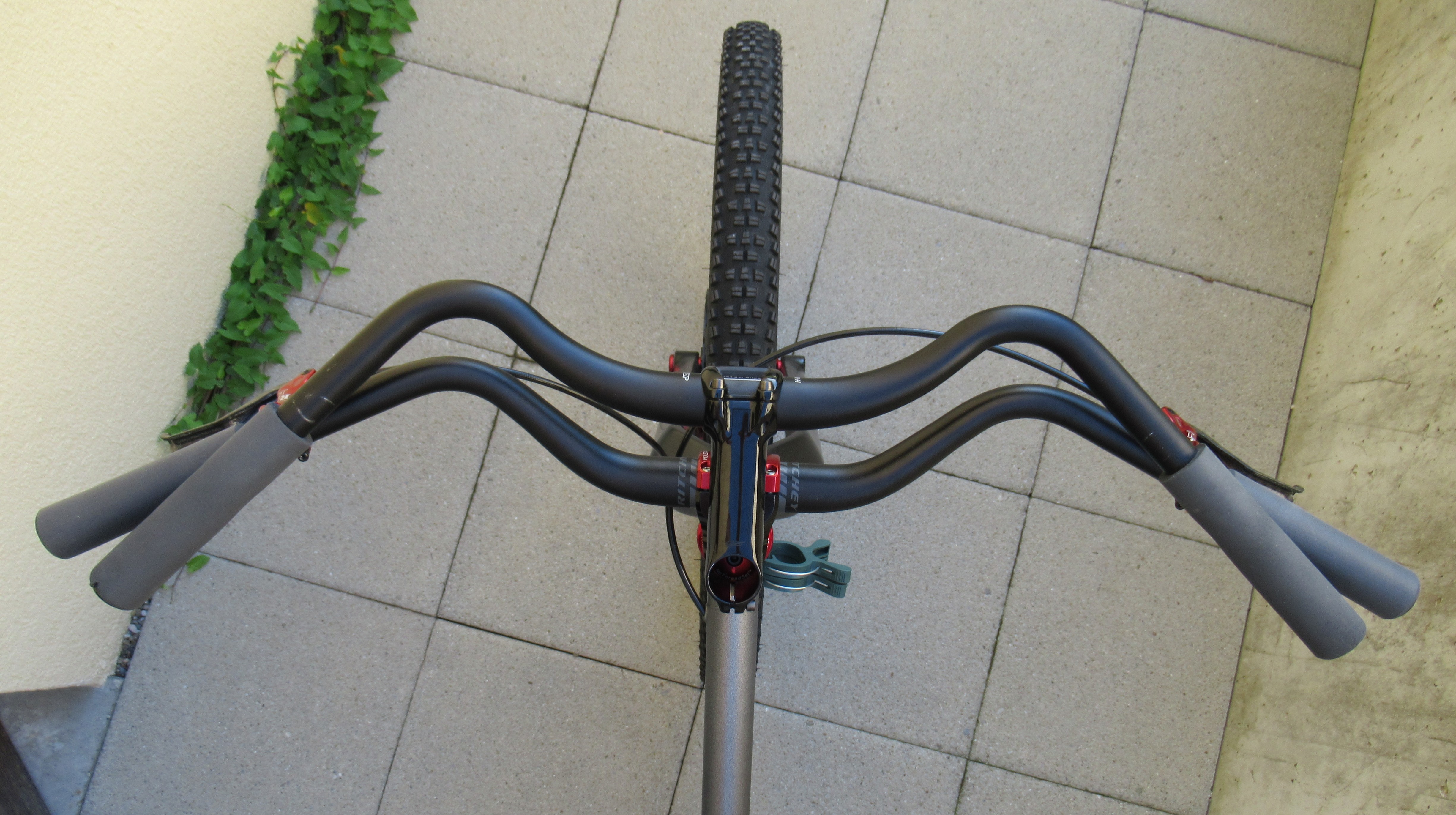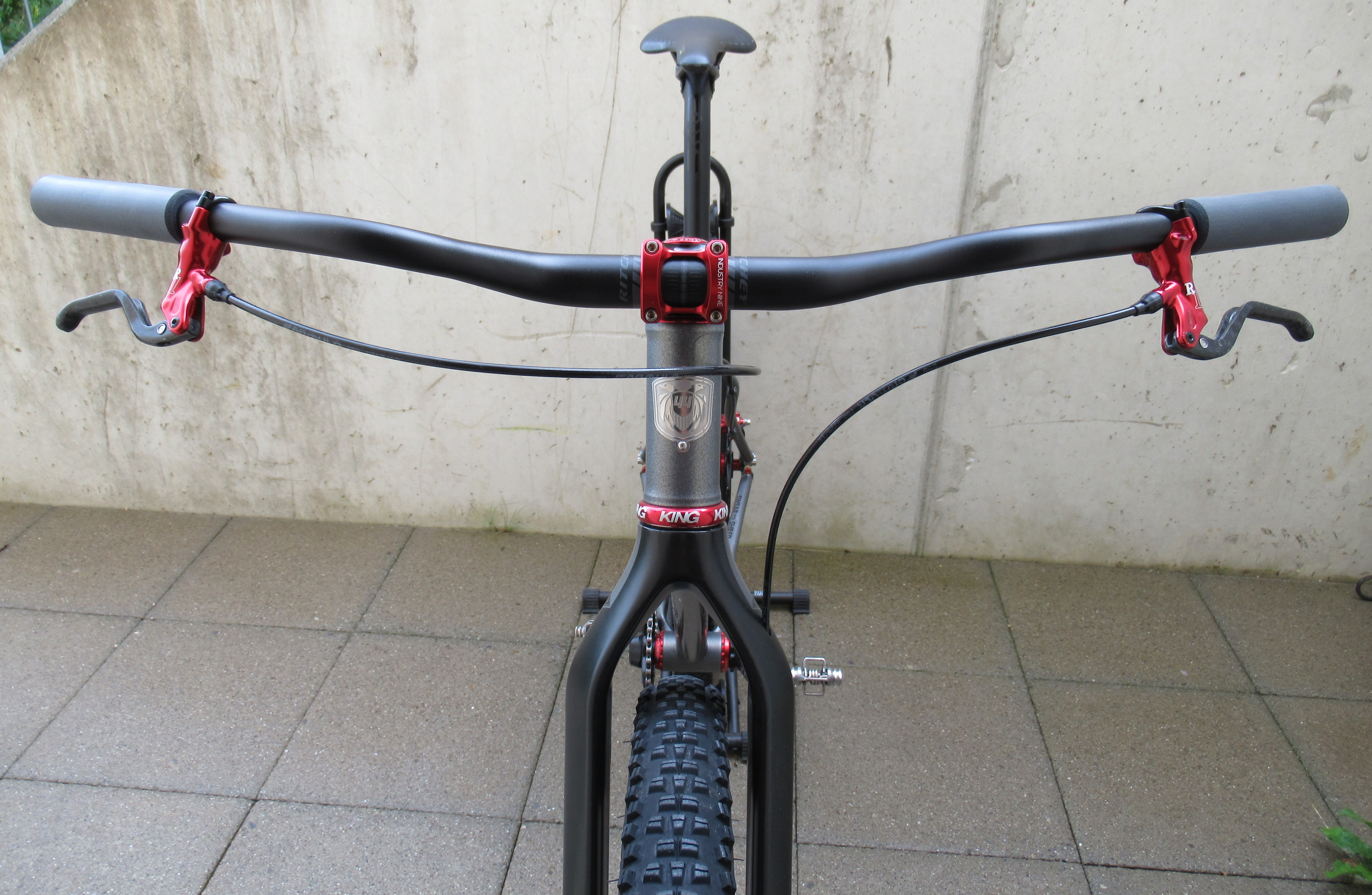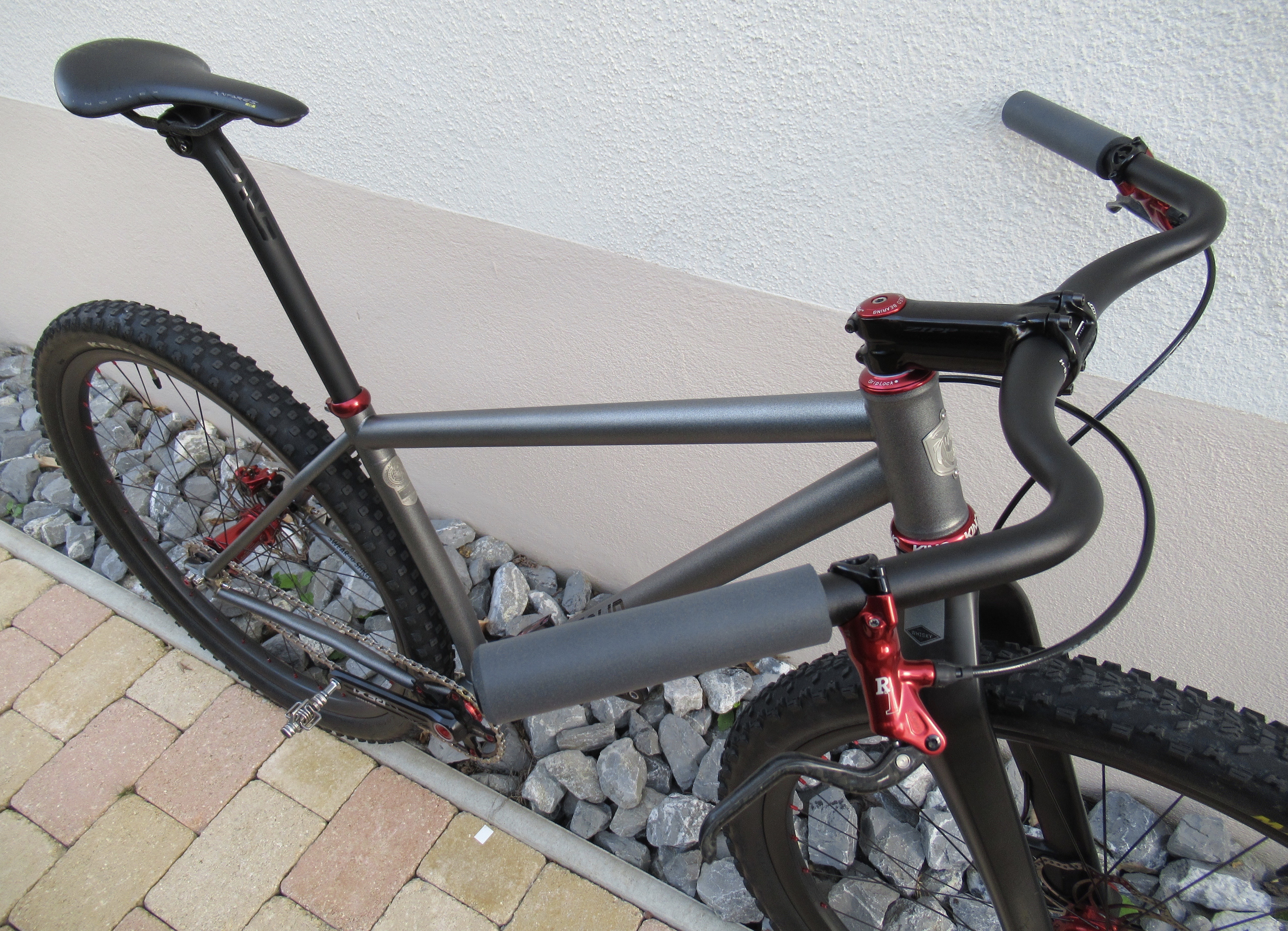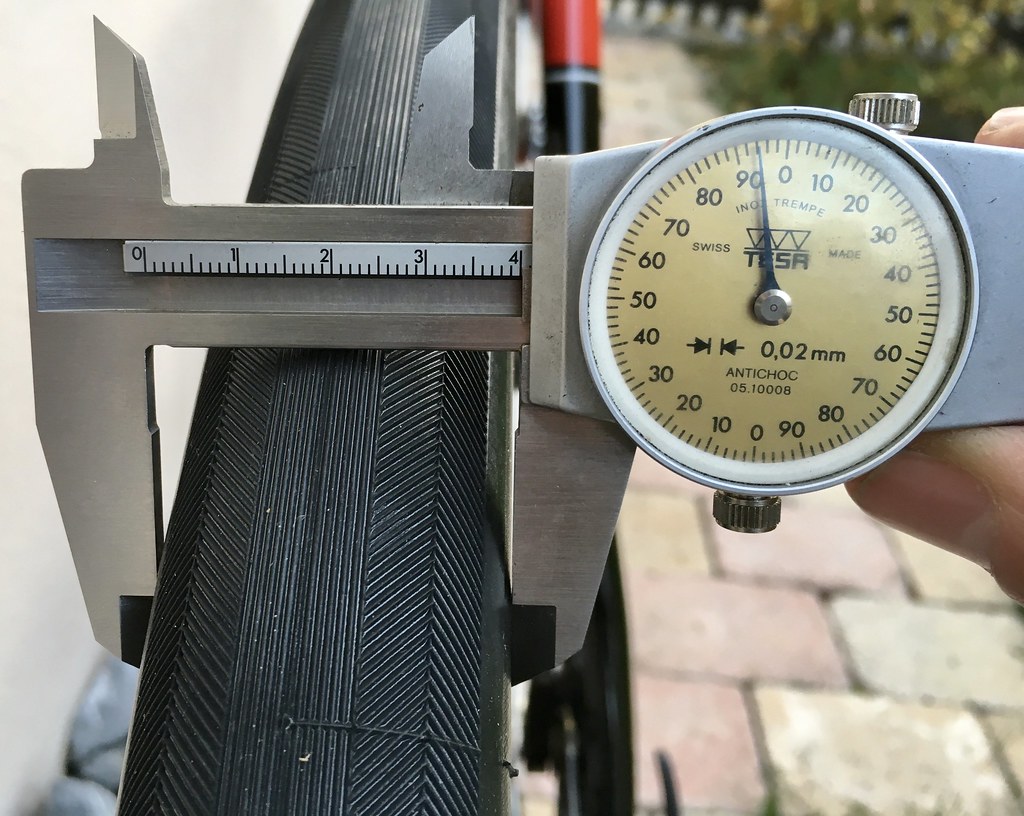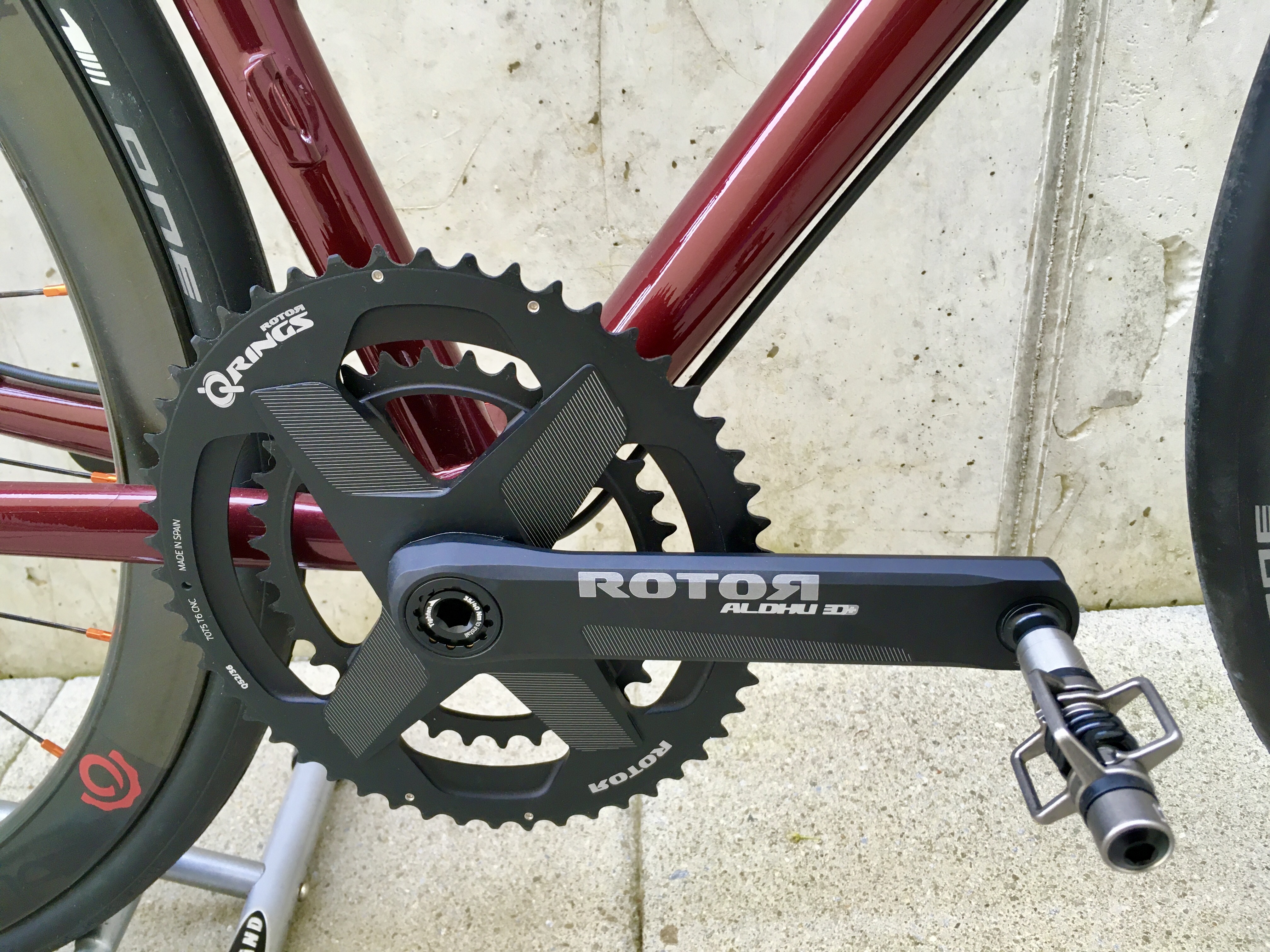Another Cockpit Change
When you're the mean bastard who tortures his wrists on top of mountain bikes without suspension like I do, the least you can do is let your wrists hold onto the bars in the most natural way possible, so that they're not angled or twisted in any way. Alt bars with tons of sweep are the solution. I went from Answer bars with a 20° sweep to Jones with a 45° back sweep and my wrists have been happy ever since. Ritchey now has an alternative available with a bit less sweep. The Kyote with 27.5°. At the same time, the Kyote is considerably wider than a Jones H-Bar. 800mm versus 710mm. When I saw it on Bike24 and saw the price tag (25 EUR), I had to get one. Due to the different shapes, I also needed a new stem in order to use the Kyote. I went from a 100mm long stem with the Jones H-Bar to a 40mm stem for the Ritchey Kyote.
Continue reading...